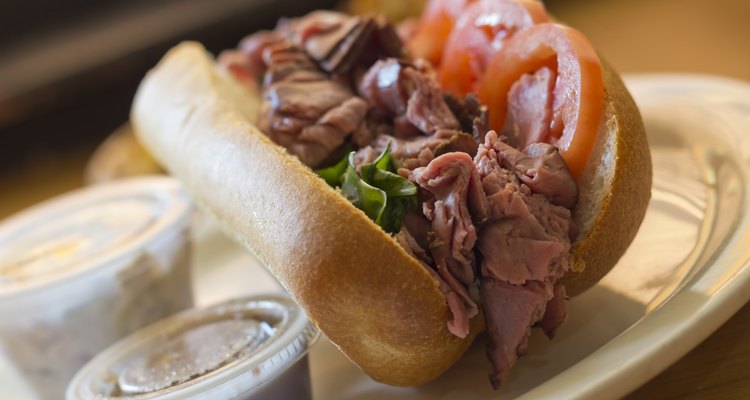
EzumeImages/iStock/Getty Images
A rotisserie oven keeps meat turning throughout the cooking process, allowing the meat to baste automatically with its own juices while it cooks. The Baby George Rotisserie oven is part of the George Foreman line of cooking appliances. You can produce a flavorful, moist roast beef in the Baby George with minimal preparation.
Prepare the Oven
Don't operate your rotisserie oven without the drip tray in place. Never cover the drip tray with foil or anything similar, as this can reflect heat and cause the oven to operate at a higher temperature, which may cause damage. Position the open rotisserie wheel on a stand to keep it stable while you place the meat on the skewers. Balance it evenly on the rotisserie forks to ensure that the motor doesn't suffer excessive wear from uneven weight distribution.
Cooking the Meat
Trim all of the excess fat from the roast before you cook it. Coat the meat with a seasoning blend to add flavor. Italian herbs, garlic spice rubs and southwestern seasonings all work well with roast beef. Alternatively, you can inject the meat with a marinade of your choice. Select a low-sodium Asian-style marinade or a low-calorie Italian dressing to add moisture and flavor throughout the roast. Cook the roast for approximately 30 minutes per pound for a rump roast or round roast cut. Test the center of the thickest part of the meat with a meat thermometer to ensure that it reaches an internal temperature of at least 145 degrees F for medium-rare, or 160 degrees F for medium.
Rotisserie Cooking Benefits
Rotisserie cooking helps you produce a healthy, lean meal for your family. A rotisserie oven allows you to cook meats without any added fats or oils. Also, as the rotisserie turns in the oven, it allows all of the fat from the meat to drip away. The fat collects in the drip tray at the bottom, away from the meat.
Beef Safety and Tips
Always test your roast with a meat thermometer to ensure that it has reached a safe temperature for serving. Let the meat rest for 15 minutes before slicing to allow the juices to redistribute through the meat, otherwise the juices will run out and leave you with dry beef. Refrigerate any remaining servings within two hours in a shallow container. Use refrigerated portions within four days. If you heat leftover beef, heat it to a minimum 165 degrees F for safety.
Related Articles

How to Cook a Beef Roast in a Roaster ...

How to Convection Roast a Brisket

How to Cook a Standing Rib With the ...

How to Cook Beef in a Toaster Oven
How to Cook Brisket Slowly With a ...
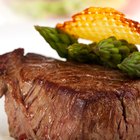
How to Cook a Beef Sirloin Tip Roast ...
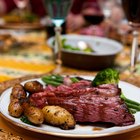
How to Cook a Roast Beef on a ...

How to Cook Deer Sirloin
How to Cook Boneless Top Chuck Steak in ...
How do I Cook a Prime Rib on an Open ...
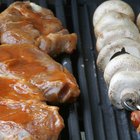
How to Use a Smoker Box for Gas Grilling
How to Cook Roast Beef in a Cast-Iron ...
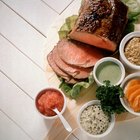
How to Sear a Roast Beef

How to Heat Pre-Cooked Hams

How to Microwave Top-Round Roast Beef

How to Cook Beef Teriyaki Jerky in a ...

How to Clean an Oven Liner

How to Cook With a Gas Fireplace
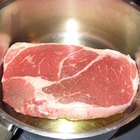
How to Cook a Tender Roast

How to Cook Beef Topside in a Slow ...
Writer Bio
Tara Kimball is a former accounting professional with more than 10 years of experience in corporate finance and small business accounting. She has also worked in desktop support and network management. Her articles have appeared in various online publications.
Photo Credits
EzumeImages/iStock/Getty Images